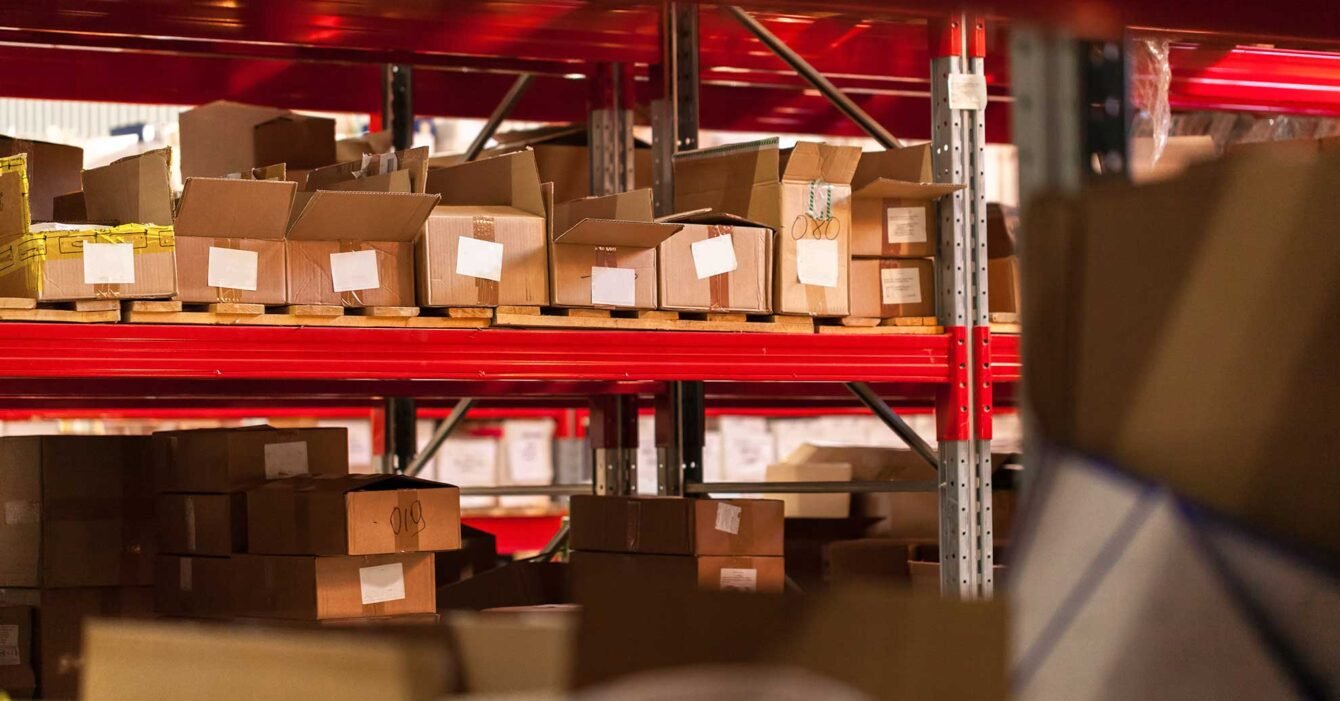After years of disruption, Syria’s logistics sector in 2025 is undergoing a quiet but vital transformation. As humanitarian operations continue and commercial activity cautiously resumes in certain governorates, the focus has shifted toward building more resilient, decentralized, and cost-efficient supply chains. Syria’s current logistics trends reflect a mix of reconstruction needs, import-dependence challenges, and local innovation.
In this article, we explore how Syria’s logistics sector is evolving in 2025—focusing on key developments in overland cargo, last-mile distribution, warehouse reconstruction, and the rising role of informal networks.
1. Fragmented Terrain Demands Localized Supply Hubs
One of the most defining characteristics of Syria’s logistics landscape is fragmentation—political, geographic, and infrastructural. This has driven a shift away from centralized distribution systems to localized supply hubs.
Key features of this trend include:
Governorate-Based Warehousing: In regions like Damascus, Aleppo, Homs, and Latakia, businesses and NGOs are investing in small to mid-sized warehouses that can serve local markets with less exposure to road insecurity.
Micro-logistics Nodes: Markets in Daraa, Deir ez-Zor, and Hasakah rely on small depots that act as cross-docking points for goods coming from Turkey, Iraq, and local farms.
Redundancy in Inventory: Traders now maintain buffer stock in multiple regions to manage the risk of delays or blockades.
This decentralization allows for greater flexibility, especially in fluctuating security conditions.
2. Rise of Informal Freight and Courier Networks
Traditional logistics companies, including global operators, have limited reach across Syria due to regulatory ambiguity and infrastructure gaps. In their place, informal freight and courier networks—often local, family-run, or community-based—are playing a vital role in moving goods.
These networks:
Operate with local knowledge of safe roads and informal checkpoints
Use motorbikes, pickup trucks, and shared vans for urban and peri-urban deliveries
Offer cash-based, trust-driven models, especially for SMEs and medical suppliers
In 2025, this informal ecosystem is not just a workaround—it is a core pillar of logistics resilience, enabling food, medicine, and construction materials to reach towns otherwise off-grid from major routes.
3. Warehouse Reconstruction Focuses on Versatility and Security
Warehousing remains one of Syria’s most critical infrastructure challenges. Damage from conflict, lack of utilities, and climate exposure all impact storage viability. In 2025, warehouse reconstruction is increasingly focused on modularity and adaptability.
Current warehouse design trends include:
Insulated prefabricated structures to protect temperature-sensitive goods
Multi-zonal layouts that separate aid stock, dry goods, and medical supplies
Solar-powered lighting and passive ventilation to address electricity shortages
In conflict-prone regions, security features like reinforced gates, perimeter surveillance, and local guards are also integrated into facility design.
4. Fuel Constraints Driving Routing Innovations
Fuel scarcity and price volatility continue to impact overland transport in Syria. Diesel and gasoline prices can vary dramatically between governorates depending on availability, taxes, and supply chains. In response, logistics actors in 2025 are optimizing delivery routes with efficiency-first models.
Developments include:
Route Optimization Tools: Local startups and NGO partners are piloting basic route-mapping apps that calculate fuel use vs. road safety.
Load Consolidation: More deliveries are grouped based on location rather than type, reducing vehicle trips and maximizing truck space.
Use of Alternate Vehicles: In dense cities like Damascus or Aleppo, electric tuk-tuks, bicycles, and handcarts are regaining popularity for last-mile cargo.
This shift is about necessity—every liter of fuel saved extends the reach of essential goods.
5. Cross-Border Trade Remains Limited, but Strategic
In 2025, cross-border logistics are active but constrained. Most legal trade enters Syria through Lebanon (via Jdeidet Yabous), Jordan (via Nasib), Iraq (via Al-Bukamal), and Turkey (via Bab al-Hawa)—each facing its own operational complexity.
Trends to watch:
Humanitarian Corridors: Aid agencies often rely on special cross-border access protocols, especially for food and medicine delivery.
Trader Networks: Private traders work through pre-existing family or ethnic networks to move goods across porous borders.
Tariff Arbitrage: Businesses often shift cargo through different entry points depending on price advantages and political dynamics.
While formal trade flows are cautious and slow, opportunity windows are opening for logistics players who understand the evolving rules of cross-border engagement.
6. Humanitarian Logistics Still Dominates Supply Chain Volumes
Despite gradual commercial recovery, humanitarian logistics remains the backbone of Syria’s national supply chain. Over 70% of food distribution, according to various field observers, still relies on UN and NGO-led delivery systems.
What’s changing in 2025 is:
A shift from direct distribution to vouchers, which empowers local vendors and reduces warehouse needs.
Greater use of local transport providers, creating jobs and embedding supply chain knowledge at the community level.
Growing reliance on digital tracking of aid movement, reducing leakages and improving coordination among stakeholders.
As Syria inches toward self-reliance, humanitarian logistics is evolving into a cooperative model with local actors at the core.
7. Growth in Cold Chain Logistics for Pharmaceuticals and Food
As urban middle classes regain spending power and healthcare access improves, cold chain logistics are gaining new attention. The transport of perishable goods and pharmaceuticals is emerging as a critical need.
2025 developments include:
Refrigerated Van Fleets: NGOs and medical distributors are investing in small fleets equipped with cold storage for vaccine transport.
Ice Pack Solutions: Remote clinics use solar-powered freezers and ice packs to maintain cold chain conditions for critical medicines.
Urban Cold Rooms: Pharmacies and premium grocers in Aleppo and Latakia are renting cold rooms in upgraded warehouses.
Cold chain is no longer an add-on—it is becoming central to health and nutrition delivery.
8. Logistics Tech Still in Early Stages—but Growing
Unlike mature markets, Syria’s logistics tech adoption is still in its infancy. However, 2025 sees early-stage innovation, especially among youth-led businesses.
Notable examples:
Basic Delivery Apps: Local courier startups are offering app-based order tracking in Damascus and Homs.
Digital Inventory Sheets: SMEs are moving from paper to Excel- or mobile-based stock logs.
Radio-Based Coordination: In areas with no mobile signal, two-way radio systems are used to track driver location and delivery status.
Logistics tech in Syria is not about high-end software—it’s about reliable, offline-friendly tools that support fragmented operations.
Outlook for 2025 and Beyond
Syria’s logistics sector in 2025 is not defined by scale or speed—but by adaptability, community knowledge, and resilience. The supply chains emerging across the country are lean, locally driven, and shaped by practical constraints.
For NGOs, traders, and investors exploring logistics opportunities in Syria, the path forward involves:
Partnering with informal transporters to reach difficult areas
Investing in small-scale infrastructure with high impact
Supporting low-tech innovations that solve real operational challenges
Logistics in Syria is not about building back the old systems—but about building smarter, lighter, and more locally owned supply networks that can survive and thrive under uncertainty.


